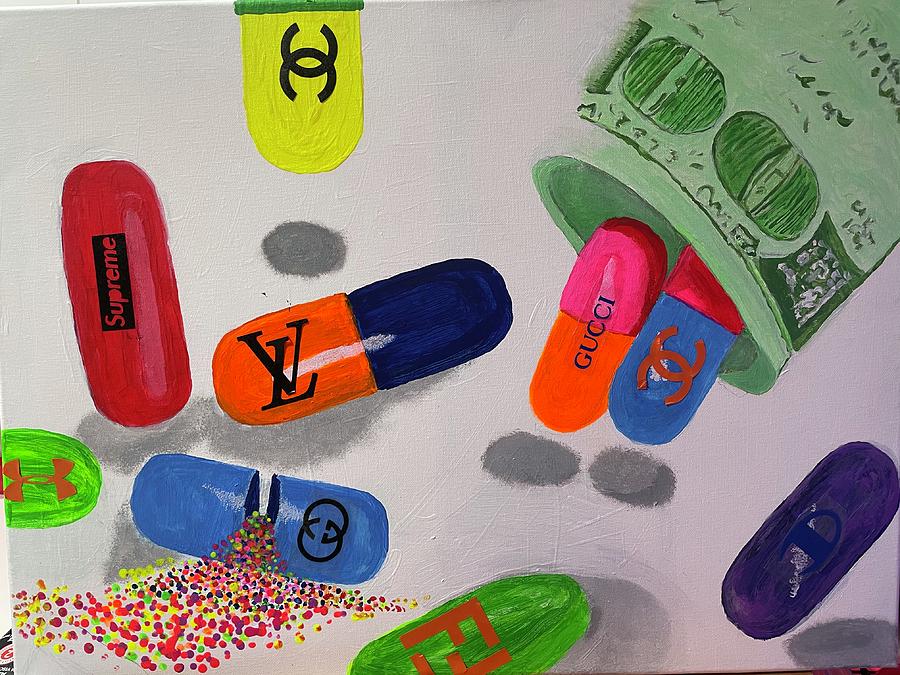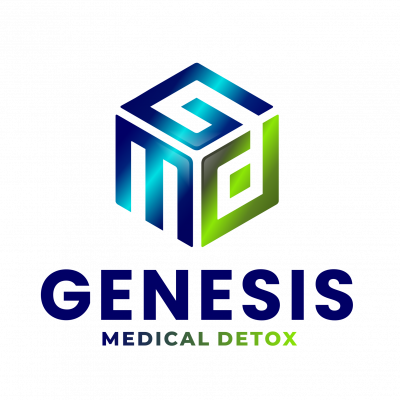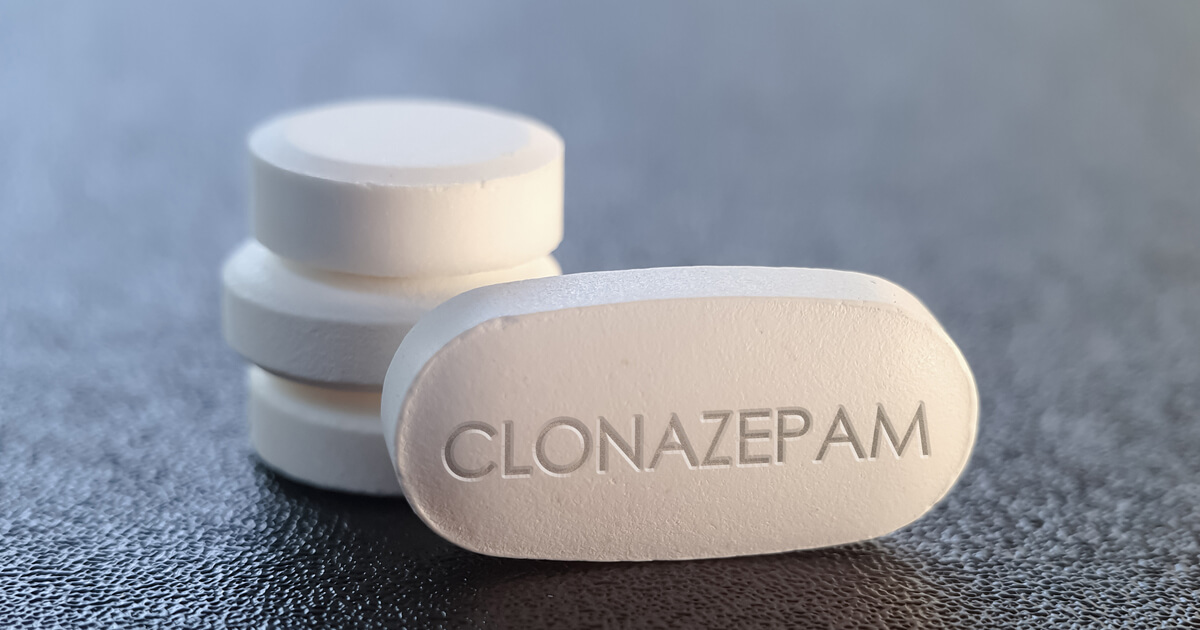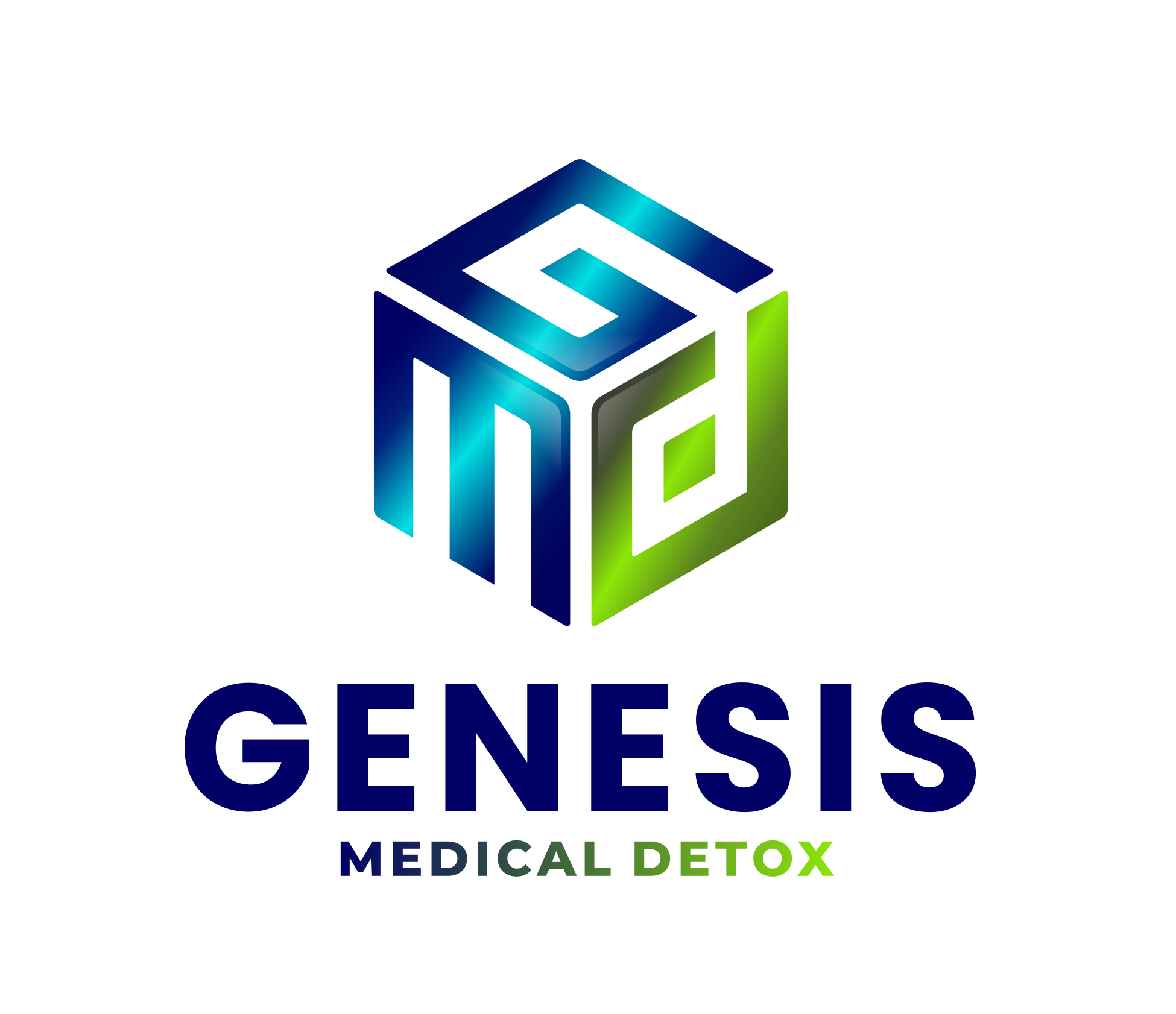
Designer drugs are a hidden danger that can trap even the most unsuspecting individuals. In Tennessee, the rise of designer drug addiction has become a serious problem that affects many lives and communities. Tackling this issue requires awareness, education, and action to protect the future of society.
The first step in addressing designer drug addiction is understanding the nature of these substances. Designer drugs are often made to imitate the effects of illegal drugs while avoiding legal restrictions. For example, substances like synthetic cannabinoids and ecstasy can be easily found on the streets and are marketed as safe alternatives. This false sense of security leads many users, especially young people, to experiment without knowing the potential risks. Raising awareness about these drugs and their dangerous effects is crucial for preventing addiction.
Another important aspect of combating designer drug addiction is education. Schools and communities should provide information about the dangers of these substances. Programs that teach young people about the risks of experimenting with drugs can help avoid future addiction. Successful campaigns have shown that when people are informed, they are less likely to use drugs. For instance, anti-drug campaigns that focus on real stories from recovering addicts can have a strong impact. Sharing these experiences can help others see the harsh reality of addiction.
Support systems also play a vital role in fighting designer drug addiction. Families, friends, and communities should come together to provide help and encouragement for those struggling with addiction. Treatment programs that focus on recovery can lead to positive changes in individuals’ lives. In Tennessee, many organizations and support groups exist to help those in need. By creating a supportive environment, individuals can find the strength to overcome addiction and rebuild their lives.
What are Designer Drugs and Where did They Come From
Designer drugs often sound like the latest fashion trend, but their impact on society is serious and troubling. These synthetic substances, created to mimic the effects of illegal drugs, have become a growing concern in recent years. Understanding the origins and implications of designer drugs is essential to grasp their dangers within modern society.
Designer drugs first appeared in the 1980s when scientists began to modify chemical structures of existing drugs. The goal was to create substances that could evade drug laws while providing similar effects. For example, substances like MDMA, commonly known as ecstasy, and its many variations illustrate how easily these drugs can be produced. As laws tightened around known drugs, manufacturers quickly adapted, leading to a constant cycle of new and dangerous substances. This relentless innovation highlights the need for more effective regulations to combat these ever-changing threats.
The appeal of designer drugs often lies in their perceived safety and legality. Many users mistakenly believe that because these substances are new and not yet illegal, they must be safe to use. However, the reality is quite different. Reports have shown that many designer drugs can cause severe health issues, including heart problems, seizures, and even death. For instance, synthetic cannabinoids, often sold as “spice,” can lead to unpredictable reactions, making them far more dangerous than traditional marijuana. This false sense of security surrounding designer drugs puts countless lives at risk.
Furthermore, the production of designer drugs often occurs in unregulated environments, leading to additional dangers. Unlike pharmaceutical companies, which must adhere to strict safety guidelines, illegal labs can produce drugs without any oversight. This lack of regulation means that the actual contents of these drugs can vary widely, causing users to unknowingly consume harmful substances. A notable example is the opioid crisis, where synthetic opioids like fentanyl have been mixed with other drugs, leading to increased overdose rates. The dangers of unregulated production highlight the urgent need for stricter laws and better education on the risks associated with these substances.
Designer drugs pose a significant threat to public health and safety. Originating from attempts to bypass drug laws, these substances are often mistakenly viewed as safe alternatives to traditional drugs. However, the reality is that they can lead to severe health consequences and are produced in dangerous, unregulated environments. Society must recognize the seriousness of this issue and take action to educate individuals about the risks of designer drugs. It is essential to ensure that future generations are aware of the dangers lurking behind these seemingly harmless substances.
The Risks Associated with Designer Drugs
These synthetic substances often claim to be safer or more effective than traditional drugs, but this is far from the truth. The risks associated with designer drugs are not only life-threatening but also contribute to wider social problems, making it vital for everyone to be aware of their dangers.
One main risk of designer drugs is their unpredictable nature. Unlike regular medications that have undergone rigorous testing, many designer drugs are created in secret labs. A well-known example is “bath salts,” which can cause extreme paranoia, hallucinations, and violent behavior. Users often have no idea what chemicals are in these drugs, leading to severe health problems or even death. This unpredictability makes designer drugs far more dangerous than they appear.
Another significant concern is the potential for addiction. Designer drugs often have a stronger and quicker effect on the brain, making them very addictive. For instance, substances like “spice” or synthetic cannabinoids can lead to a rapid dependency, causing users to chase the high at any cost. This quest for more can lead to a downward spiral of financial, social, and personal issues. Many users find themselves isolated from family and friends, struggling to keep their lives together.
Moreover, the impact of designer drugs stretches beyond the individual. Communities suffer as drug use rises, leading to increased crime and health care costs. For example, emergency rooms often see a spike in cases related to designer drugs, putting additional pressure on health systems. Families are torn apart as loved ones fall into addiction, creating a cycle of pain and suffering that affects everyone around them.
The dangers of designer drugs are clear and concerning. Their unpredictable effects, high potential for addiction, and negative impact on communities highlight the urgent need for awareness and prevention. Knowledge is power, and by understanding these risks, the hope is to discourage the use of designer drugs and promote healthier choices. The future can be brighter without the shadow of these dangerous substances.
Treatment for Addiction to Designer Drugs
Designer drugs have become a growing problem in many communities, affecting countless lives. In Tennessee, the treatment for addiction to these substances needs urgent attention and improvement. This essay will explore the importance of effective treatment programs, the role of education in preventing addiction, and the benefits of community support in helping individuals recover.
Effective treatment programs are essential for those struggling with designer drug addiction. Many individuals face unique challenges when trying to overcome their addiction, as designer drugs can have different effects compared to traditional substances. For example, programs that focus on the specific needs of users, such as counseling and medication-assisted treatment, can significantly increase the chances of recovery. Research shows that personalized treatment plans lead to better outcomes, as they address the physical and psychological aspects of addiction. By investing in these tailored programs, Tennessee can provide the necessary support for individuals seeking help.
Education plays a vital role in preventing addiction to designer drugs. Many young people are unaware of the dangers these substances pose, often believing they are safe alternatives to traditional drugs. Schools and community organizations can work together to provide education on the risks associated with designer drugs. For instance, programs that teach students about the harmful effects of these substances can help them make informed choices. By raising awareness and providing accurate information, Tennessee can empower its youth to resist the temptation of experimenting with dangerous drugs.
Community support is another crucial factor in helping individuals struggling with addiction. Having a strong support system can make a significant difference in a person’s recovery journey. Support groups, such as Narcotics Anonymous, offer a safe space for individuals to share their experiences and learn from one another. Additionally, family involvement can provide emotional stability and encouragement, which is fundamental during recovery. When communities come together to support those facing addiction, they create an environment that fosters healing and growth.
The treatment for addiction to designer drugs in Tennessee requires immediate focus on effective programs, educational initiatives, and community support. By developing personalized treatment plans, raising awareness about the dangers of these substances, and encouraging community involvement, Tennessee treatment programs can help individuals reclaim their lives from addiction.
In Conclusion
Designer drug addiction is a pressing issue in Tennessee that demands attention. By raising awareness, providing education, and creating strong support systems, communities can work together to combat this problem. Remember, the fight against addiction starts with understanding its dangers and supporting those affected. Taking action today can lead to a brighter future for everyone.
If you or someone you know is struggling with a chemical dependency issue reach out to Genesis Medical Detox or Magnolia Ranch Recovery today and get started on the path to long-term recovery.








